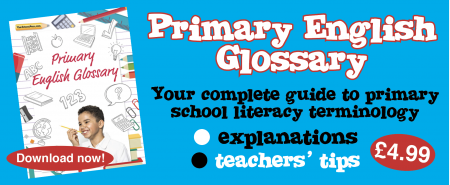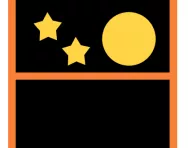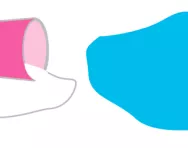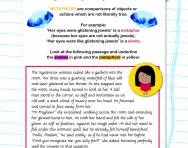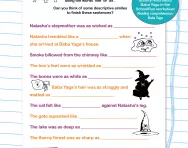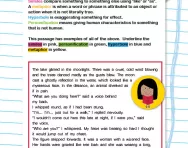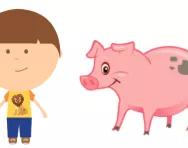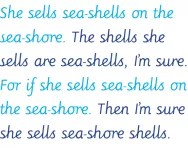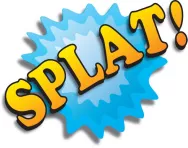Important update from TheSchoolRun
For the past 13 years, TheSchoolRun has been run by a small team of mums working from home, dedicated to providing quality educational resources to primary school parents. Unfortunately, rising supplier costs and falling revenue have made it impossible for us to continue operating, and we’ve had to make the difficult decision to close. The good news: We’ve arranged for another educational provider to take over many of our resources. These will be hosted on a new portal, where the content will be updated and expanded to support your child’s learning.
What this means for subscribers:
- Your subscription is still active, and for now, you can keep using the website as normal — just log in with your usual details to access all our articles and resources*.
- In a few months, all resources will move to the new portal. You’ll continue to have access there until your subscription ends. We’ll send you full details nearer the time.
- As a thank you for your support, we’ll also be sending you 16 primary school eBooks (worth £108.84) to download and keep.
A few changes to be aware of:
- The Learning Journey weekly email has ended, but your child’s plan will still be updated on your dashboard each Monday. Just log in to see the recommended worksheets.
- The 11+ weekly emails have now ended. We sent you all the remaining emails in the series at the end of March — please check your inbox (and spam folder) if you haven’t seen them. You can also follow the full programme here: 11+ Learning Journey.
If you have any questions, please contact us at [email protected]. Thank you for being part of our journey it’s been a privilege to support your family’s learning.
*If you need to reset your password, it will still work as usual. Please check your spam folder if the reset email doesn’t appear in your inbox.
What is figurative language?
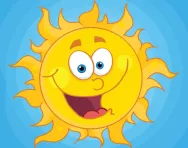
What is figurative language?
Language can be literal (obvious, plainly stated, communicates exactly what is meant) and figurative (suggests and infers meaning, rather than simply stating it).
Literal language is a feature of non-fiction texts; figurative language is more commonly used in fiction and poetry.
Figurative language uses figures of speech to give a text more richness and depth, often comparing things to other things to create an image in the reader's mind.
Figurative language in primary school
There are many different forms of figurative language; in Key Stage 2 English your child is likely to be introduced to the following:
Simile
A simile is a comparison phrase which finds similar characteristics in two objects and compares them, always by using the words 'like' or 'as'. For example:
Metaphor
A metaphor is a comparison which is not literally true. It suggests what something is like by comparing it with something else with similar characteristics. It is like a simile, but instead of using 'like' or 'as' it compares by suggesting that something is something else. For example:
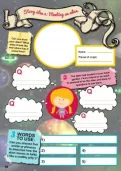
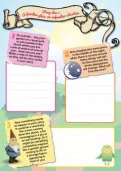
Download a FREE Creative Writing toolkit!
- KS1 & KS2 workbooks
- Bursting with fill-in prompt sheets and inspiring ideas
- Story structure tips, style guides and editing suggestions
Personification
Personification is a type of figurative language which gives an object human characteristics (emotions, sensations, speech, physical movements). For example:
The warm sun smiled down on us.
Onomatopoeia
This is when a word makes the sound of the thing it describes (for example: boom, honk, pop, crack, cuckoo, crack, splat, tweet, zoom, sizzle, whizz, buzz, hiss, rip).
Hyperbole
This is when exaggeration is used for effect. For example:
The children were so excited they were bouncing off the walls.
Figurative language teaching in KS2
The 2014 literacy national curriculum states the following as objectives for Years 5 and 6:
- Pupils should be taught to discuss and evaluate how authors use language, including figurative language, considering the impact on the reader.
- Pupils should plan their writing by... considering how authors have developed characters and settings in what pupils have read, listened to or seen performed.
This means that in Year 5 and Year 6 teachers will draw children's attention to the various types of figurative language explained above. They will then encourage children to use these forms of language in their own writing.
Teachers often introduce children to simile and onomatopoeia in Year 3 or 4 and then may introduce metaphor, personification and hyperbole in Year 5 or 6.
It is usually best for children to work for some time on one particular form of figurative language. When learning about similes, for example, classroom activities might include the following:
- The teacher might spend one or two lessons encouraging children to find similes in the poetry they are reading.
- The children might then spend another two lessons writing their own similes.
- The teacher might encourage them to improve their similes by adding extra information. For example, if a child wrote: 'The girl's hair as yellow as the sun' they might be encouraged to add extra adjectives, such as: 'The girl's hair was as bright yellow as the shining sun.'
Primary-school literacy terminology
For more EYFS, KS1 and KS2 English concepts consult out primary literacy glossary, a list of everything your child will learn in literacy lessons, explained in plain English for parents.
You can also purchase a downloadable version of the English glossary, £4.99 for 250 pages.
